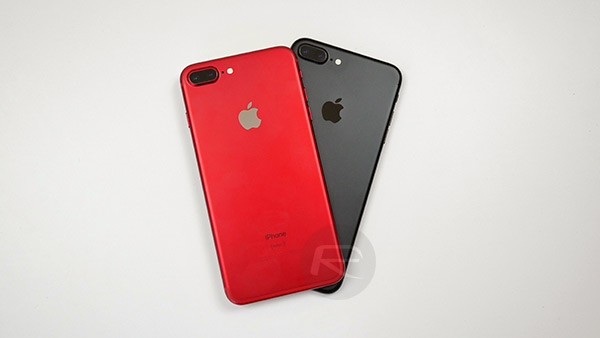According to an extremely revealing New York Times profile of Uber CEO Travis Kalanick, the ride-sharing company was extremely close to being pulled from the iOS App Store after Tim Cook was made aware of Uber’s fingerprinting technology baked into its mobile apps. This technology allowed Uber to identify individual iPhones, even after the app was deleted from the device, which is strictly in breach of Apple’s developer guidelines.
The report suggests that once Apple, and more specifically, Tim Cook, became aware of Uber’s fingerprinting approach, CEO Travis Kalanick was invited to a meeting with Apple’s CEO at the company’s Cupertino campus. This was back in 2015, but included an extremely frank discussion where Kalanick was told in no uncertain terms that if the practice didn’t stop immediately then Cook would arrange for the Uber app to be pulled from the App Store, instantly making it unavailable to potentially millions of iOS devices.

According to an unnamed individual who saw the Uber CEO after the meeting, “Mr. Kalanick was shaken by Mr. Cook’s scolding.”
Apple makes no secret of the fact that it is heavily focused on protecting the identity and security of its device owners. The company has previously argued that an iPhone wiped and sold via secondary sales channels should have no trace of its previous owner whatsoever.
Uber’s practice of fingerprinting is in direct contrast to that belief, and would essentially make that device identifiable.
Apple has been putting this practice in place since early 2012 when it stopped developers from accessing identifying information about a device in their apps, such as the Unique Device Identifier (UDID). Not only did Uber breach this, but the company also went to extreme lengths to prevent Apple from ever finding out.

According to the same report, in addition to operating this fingerprinting technique, Uber also added geofencing code into its app to prevent anyone within Apple’s Cupertino HQ from discovering the prohibited practice.
(Source: The New York Times)
You may also like to check out:
- Call Of Duty: WWII Release Date, Screenshots, Other Details Leaked
- iOS 11 Beta Download, Rumors, Features, Release Date [Everything We Know So Far]
- Download SNES4iOS Emulator IPA On iOS 10 [No Jailbreak Required]
- Download Phantom For Snapchat IPA On iOS 10 iPhone [No Jailbreak Required]
- Jailbreak iOS 10.3.1 / 10.3 / 10.2.1 For iPhone And iPad [Latest Status Update]
You can follow us on Twitter, add us to your circle on Google+ or like our Facebook page to keep yourself updated on all the latest from Microsoft, Google, Apple and the Web.

